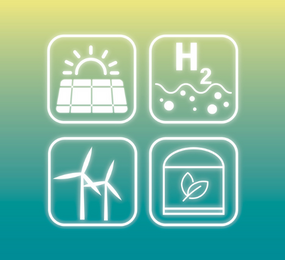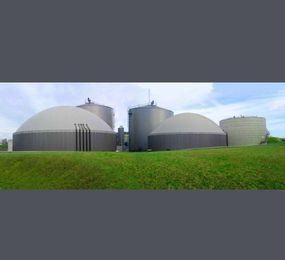Sustainable aviation fuels (SAF) are renewable or waste-derived aviation fuels that meet sustainability criteria. Technical analysis done overtime, shows that SAF has the greatest potential to reduce CO2 emissions from International Aviation.
The deployment of sustainable aviation fuel (SAF), a crucial component of the decarbonization of the aviation industry, faces a contemporary problem in the efficient construction of supply chains. The present supply chains and business models for the production of renewable fuels do not lead to costs that are competitive with fossil fuels, despite advancements in the modelling of biorefinery location siting, transportation network design, and co-products use. In supply chain design, a number of components have been investigated for process efficiency improvement, risk mitigation, overall cost reduction, and profit maximisation.
The current supply chain configuration of SAF is compared with other supply chain and value-chain strategies, including:
(1) lean, which is used for staple commodities;
(2) agile, which is intended for cutting-edge products and services;
(3) green, which aims to minimise environmental impacts; and
(4) risk-averse, which seeks to minimise supply risk disruptions. Ecosystem and social services could be incorporated into the SAF business model to increase revenue. There is a need for new approaches that take into consideration the dynamic interactions between the SAF supply chain's elements, especially the services.
In a bio-refinery, renewable feedstock is aggregated and converted into SAF. After the neat SAF is produced, it is certified to the ASTM D7566 specifications for neat alternative jet fuel. Once the blended SAF is certified, it automatically receives the Jet A/A-1 certificate and can then be handled and used as conventional fossil jet fuel.
The SAF needs to be distributed to the airport where it will be used after it has been blended. Early SAF supply chains were completely segregated from existing jet fuel supply chains, so that specific aircraft could be fueled with the SAF. This resulted in complex and expensive operations. To reduce the additional procedures and costs, SAF is now being integrated as much as feasible into the current jet fuel supply chains. Our SAF has already been incorporated into the commingled fuel system at an increasing number of airports in the United States.
If the downstream supply chain is integrated, SAF is delivered directly to the airport's commingled fuel tank. The fuel is subsequently supplied in accordance with conventional procedures, either by refueler vehicles or the hydrant system. This indicates that all aeroplanes receiving fuel at the airport actually receive some SAF. However, the entity holding the SAF supply contract will get the SAF volume, and that entity may then make a benefit claim. On the basis of mass balance, this is done.
For segregated supply chains, the SAF is transported into dedicated airport refueler trucks after arriving through a dedicated fuel truck or another means of transportation. The SAF can then be physically delivered to a particular aircraft in this manner.
Highlights
•The supply chain of SAF has centred strategic decisions on efficiency enhancement.
•The SAF business model is not suited to a single supply chain strategy.
•Ecosystem and social services as revenue streams may reduce SAF selling price.
•It is needed to develop a systemic analysis of SAF production, including services revenues.
•Value chain configuration needs dynamic simulations to estimate potential productions.
The sustainable aviation fuel (SAF) sector is rapidly growing, and so are the opportunities for market participants, including biofuels producers, investors and feedstock suppliers. If you’d like to hear more about the latest development in the SAF market, Leadvent Group is hosting the Advanced Biofuels Forum in Amsterdam Netherlands on 30th November - 2nd December, 2022.
For more information and group participation, contact us: [email protected]
















